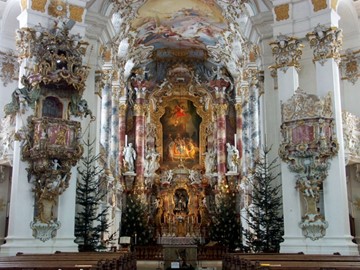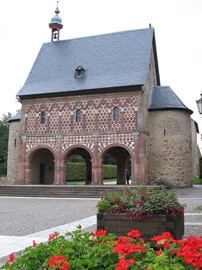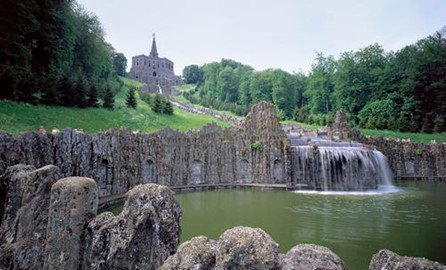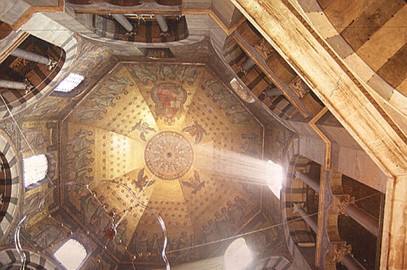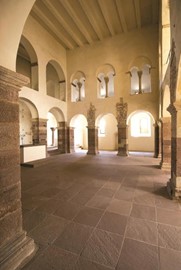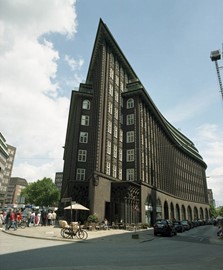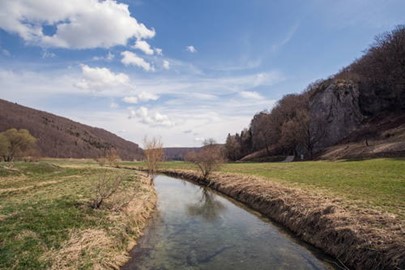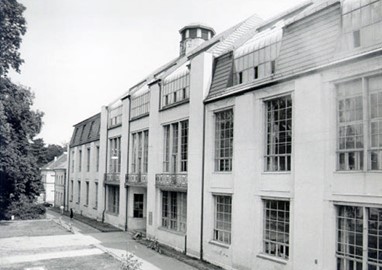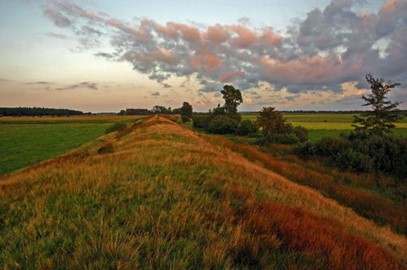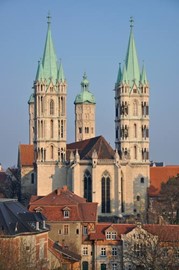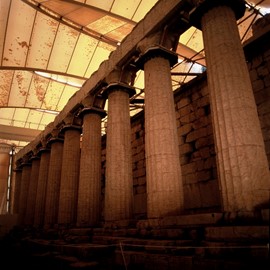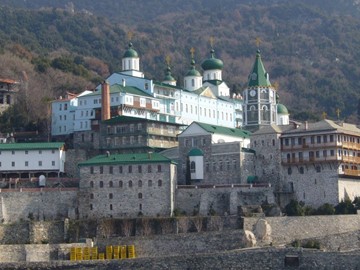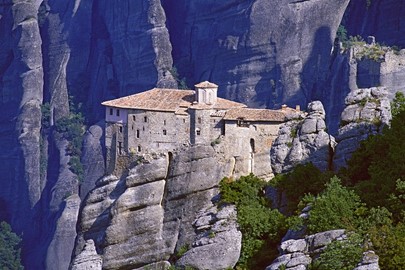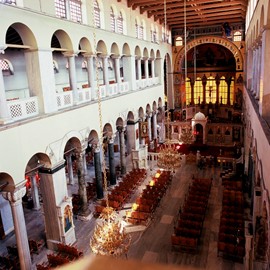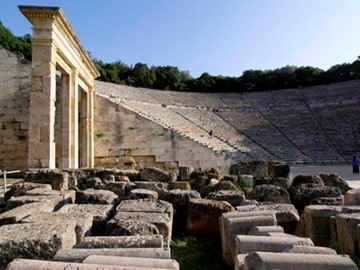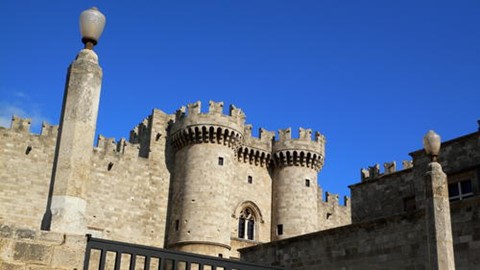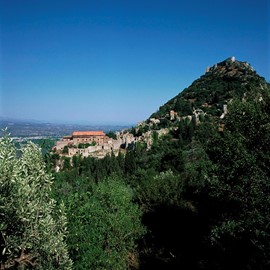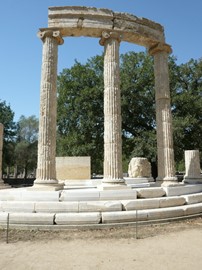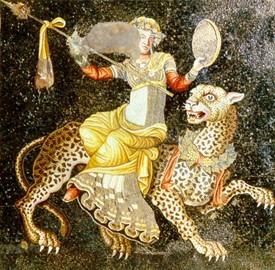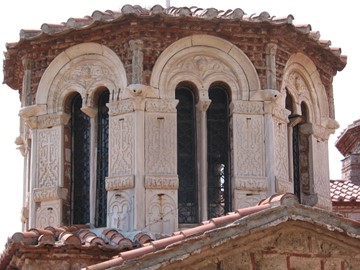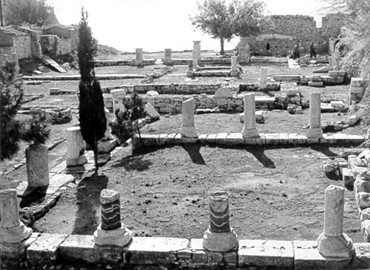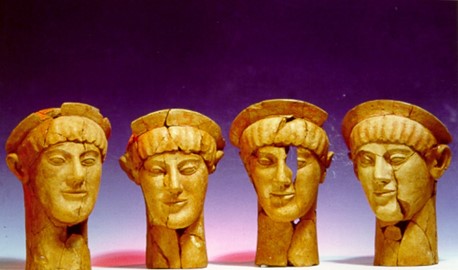region :: europe and north america
Margravial Opera House
The Margravial Opera House, a UNESCO World Heritage site in Germany, is an exquisite example of Baroque architecture, completed in 1748 under the commission of Margravine Wilhelmine. Renowned for its well-preserved wooden interior and elaborate stage machinery, it showcases the opulence of 18th-century court culture. The theater’s intricate design and acoustics make it a standout historical venue, originally built for opera and theatrical performances. Today, it serves as a cultural landmark, attracting vis... Read More
Pilgrimage Church of Wies
The Pilgrimage Church of Wies, a UNESCO World Heritage site in Germany, is a stunning example of Bavarian Rococo architecture, designed by Dominikus Zimmermann in the mid-18th century. Built as a place of pilgrimage following reports of miracles, it features an ornate interior with vibrant frescoes and intricate stucco work that blend harmoniously with its simple exterior. The church stands as a testament to religious devotion and artistic mastery, attracting visitors for its cultural and historical signifi... Read More
Abbey and Altenmünster of Lorsch
Abbey and Altenmünster of Lorsch, a UNESCO World Heritage site in Germany, is a well-preserved example of Carolingian architecture from the 8th and 9th centuries. Founded as a Benedictine monastery, it played a significant role in the religious and cultural development of the region during the early Middle Ages. The site includes the iconic Torhalle (gatehouse), one of the few remaining structures of its kind, showcasing intricate stonework and historical significance. Its recognition by UNESCO highlights i... Read More
Bergpark Wilhelmshöhe
Bergpark Wilhelmshöhe, a UNESCO World Heritage site in Germany, is an impressive 18th-century landscape park renowned for its grand architecture and elaborate water features. Created by Landgrave Wilhelm IX, it features the striking Hercules monument perched atop a hill, overlooking a vast cascading fountain system that culminates in a dramatic 250-meter-long water display. The park seamlessly blends Baroque design with Romantic ideals, showcasing historic structures like the Löwenburg Castle alongside meti... Read More
Aachen Cathedral
Aachen Cathedral, a UNESCO World Heritage site in Germany, is a masterpiece of Carolingian architecture, renowned for its historical and cultural significance. Constructed under Charlemagne in the late 8th century, it served as his palatine chapel and later became the coronation church for German kings. The cathedral’s octagonal dome and intricate mosaics reflect a blend of Roman, Byzantine, and Germanic influences. Its treasury houses an exceptional collection of medieval artifacts, including the reliquary... Read More
Corvey Abbey
Corvey Abbey, a UNESCO World Heritage site in Germany, is a remarkable example of Carolingian architecture and history. Founded in 822 as a Benedictine monastery, it became a significant cultural and religious center during the Middle Ages. The abbey's well-preserved Westwerk, a monumental entrance structure, showcases intricate frescoes and is one of the few surviving examples of its kind from the 9th century. Its historical importance is further highlighted by its role in the spread of Christianity and it... Read More
Speicherstadt and Kontorhaus District
The Speicherstadt and Kontorhaus Districts in Germany form a UNESCO World Heritage site renowned for their historical and architectural significance. Speicherstadt, the world’s largest contiguous warehouse complex, showcases neo-Gothic red-brick structures built between 1883 and 1927, designed for maritime trade along the Elbe River. Adjacent Kontorhaus District features early 20th-century office buildings, including the pioneering Chilehaus, exemplifying Brick Expressionism. Together, they represent Hambur... Read More
Caves and Ice Age Art
Caves and Ice Age Art in the Swabian Jura, a UNESCO World Heritage site, features some of the oldest known human art, dating back over 40,000 years. Discovered within limestone caves, these artifacts include intricately carved figurines, such as the famous Lion Man, crafted from mammoth ivory. The site offers critical insights into early human creativity and Ice Age life, with archaeological findings like musical instruments and animal depictions. Ongoing excavations continue to reveal the cultural signific... Read More
Bauhaus Sites
The Bauhaus and its Sites in Weimar, Dessau, and Bernau, a UNESCO World Heritage site in Germany, represent a groundbreaking modernist movement in architecture and design. Established in 1919 by Walter Gropius, the Bauhaus school revolutionized artistic education by integrating crafts, fine arts, and technology. Its iconic buildings, designed by Gropius and other notable architects, showcase functionalist principles with minimalist aesthetics, emphasizing geometric forms and industrial materials. Recognized... Read More
Hedeby and the Danevirke
Hedeby and the Danevirke, a UNESCO World Heritage site in Germany, represent a significant archaeological complex from the Viking Age. Hedeby was a thriving trading settlement in the 8th to 11th centuries, showcasing advanced urban planning and international commerce, while the Danevirke, a massive earthen fortification, served as a defensive wall built by the Danes to protect their southern border. Together, they highlight the cultural, economic, and military prowess of the Norse people during this period.... Read More
Naumburg Cathedral
Naumburg Cathedral, a UNESCO World Heritage site in Germany, is a stunning example of medieval architecture, renowned for its Romanesque and Gothic styles. Constructed primarily in the 13th century, it houses the famous Naumburg Master sculptures, including the expressive donor figures of Uta and Ekkehard. The cathedral’s intricate west choir screen and vibrant stained glass windows highlight its historical and artistic significance. It stands as a testament to the craftsmanship and religious devotion of th... Read More
Temple of Apollo Epicurius
The Temple of Apollo Epicurius, a UNESCO World Heritage site in Greece, is an ancient Greek temple renowned for its well-preserved architecture and historical significance. Built in the 5th century BCE, it is attributed to Iktinos, the architect of the Parthenon, and features a unique blend of Doric, Ionic, and Corinthian styles. Dedicated to Apollo, the god of healing, it served as a sanctuary for worship and medical relief. Its innovative design includes an early use of interior columns and a north-south ... Read More
Delphi
Delphi, a UNESCO World Heritage site in Greece, is an ancient archaeological treasure renowned for its historical and cultural significance. Once a major religious sanctuary, it housed the famous Oracle of Delphi, where priestesses delivered prophetic messages from the god Apollo. The site features well-preserved ruins, including the Temple of Apollo, an ancient theater, and a stadium, reflecting its past as a center for worship and athletic events. Its stunning natural setting enhances its allure, making i... Read More
Acropolis
The Acropolis, a UNESCO World Heritage site in Greece, is an ancient citadel perched atop a rocky hill, renowned for its historical and architectural significance. Constructed primarily in the 5th century BCE, it houses iconic structures like the Parthenon, a temple dedicated to Athena, showcasing classical Greek art and engineering. The site served as a political and religious center in antiquity, reflecting the power and culture of ancient Athens. Today, it stands as a global symbol of democracy and Weste... Read More
Mount Athos
Mount Athos, a UNESCO World Heritage site in Greece, is a self-governing monastic community renowned for its spiritual and cultural significance. Home to 20 Eastern Orthodox monasteries, it has been a center of religious devotion and scholarship since the 10th century. The peninsula’s rugged terrain and isolation have preserved its Byzantine architecture, ancient manuscripts, and traditional way of life. Access is restricted, with only male pilgrims permitted after obtaining special approval, reflecting its... Read More
Meteora
Meteora, a UNESCO World Heritage site in Greece, is renowned for its unique geological formations and monasteries built atop towering rock pillars. Formed millions of years ago, these natural wonders create a dramatic landscape that blends seamlessly with the historic monastic complexes. Established primarily in the 14th century, the monasteries were constructed by monks seeking solitude and spiritual refuge, showcasing remarkable architecture and frescoes. Today, six of these monasteries remain active, att... Read More
Thessalonika
Thessaloniki, a UNESCO World Heritage site in Greece, is a historic city renowned for its rich cultural tapestry, blending Roman, Byzantine, and Ottoman influences. Founded in 315 BC, it boasts well-preserved landmarks like the White Tower, the Arch of Galerius, and numerous early Christian and Byzantine monuments, recognized for their architectural and artistic significance. As a key port on the Aegean Sea, it has long been a crossroads of trade and ideas, contributing to its vibrant heritage. Today, it st... Read More
Sanctuary of Asklepios
The Sanctuary of Asklepios, a UNESCO World Heritage site in Greece, is an ancient healing center dedicated to the god of medicine, Asklepios. Established in the 6th century BCE, it served as a renowned medical and religious complex where patients sought cures through rituals, dreams, and treatments. The site features impressive ruins, including a theater, temple, and therapeutic baths, reflecting its historical significance. Excavations have revealed artifacts that highlight its role as a pioneering hub of ... Read More
Rhodes
The Medieval City of Rhodes, a UNESCO World Heritage site, is a well-preserved historical gem in Greece, renowned for its impressive fortifications, cobblestone streets, and Gothic architecture. Built by the Knights of St. John in the 14th century, it reflects a blend of medieval European and local influences. The city’s massive walls, grand palaces, and ancient gates offer a glimpse into its storied past as a strategic stronghold. Today, it stands as a living museum, attracting visitors with its timeless c... Read More
Mystras
Mystras, a UNESCO World Heritage site in Greece, is a remarkably preserved medieval fortified town. Founded in the 13th century, it served as a Byzantine capital and cultural hub, boasting impressive architecture like palaces, churches, and monasteries adorned with intricate frescoes. Its historical significance lies in its role as a center of power and learning during the late Byzantine era. Today, it stands as a captivating testament to Greece’s rich past, drawing visitors to explore its winding streets a... Read More
Olympia
The Archaeological Site of Olympia, a UNESCO World Heritage site in Greece, is renowned as the birthplace of the Olympic Games, first held in 776 BCE. This ancient sanctuary features well-preserved ruins, including the Temple of Zeus, once home to a colossal gold-and-ivory statue of the god, and the stadium where athletes competed. The site also includes the workshop of sculptor Phidias and various structures tied to religious and athletic activities. Excavations have revealed artifacts showcasing its histo... Read More
Delos
Delos, a UNESCO World Heritage site in Greece, is a small, uninhabited island renowned for its rich archaeological significance. Once a thriving religious and commercial center in antiquity, it is celebrated as the mythological birthplace of Apollo and Artemis. The site features well-preserved ruins, including temples, mosaics, and the famous Terrace of the Lions, offering a glimpse into ancient Greek civilization. Today, it stands as a testament to its historical and cultural importance, attracting visitor... Read More
Daphni, Hosios Loukas and Nea Moni of Chios
Daphni, Hosios Loukas, and Nea Moni of Chios are three UNESCO World Heritage sites in Greece, renowned for their exceptional Byzantine architecture and art. These monasteries, dating from the 11th and 12th centuries, feature stunning mosaics and frescoes that exemplify the artistic and religious mastery of the era. Each site reflects the cultural and historical significance of the Byzantine Empire, offering a glimpse into its architectural innovation and spiritual heritage. Together, they stand as well-pres... Read More
Pythagoreion and Heraion of Samos
The Pythagoreion and Heraion of Samos, a UNESCO World Heritage site in Greece, encompass an ancient fortified port and a significant sanctuary dedicated to the goddess Hera. The Pythagoreion features impressive archaeological remains, including a sophisticated aqueduct tunnel and Roman baths, reflecting advanced engineering from the 6th century BC. Nearby, the Heraion, one of the largest temples of its time, showcases early Greek architecture and religious practices, with its single standing column as a str... Read More
Aigai
The Archaeological Site of Aigai, a UNESCO World Heritage site in Greece, is renowned as the ancient capital of the Macedonian kingdom, flourishing from the 11th century BCE. It features significant historical landmarks, including the royal tombs of Philip II, father of Alexander the Great, and an impressive theater where key events unfolded. Excavations reveal a well-preserved urban layout, palaces, and intricate burial sites, showcasing the architectural and cultural prowess of the era. This site offers i... Read More

